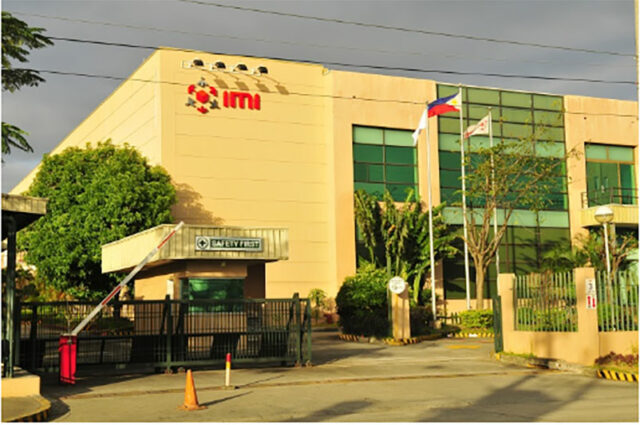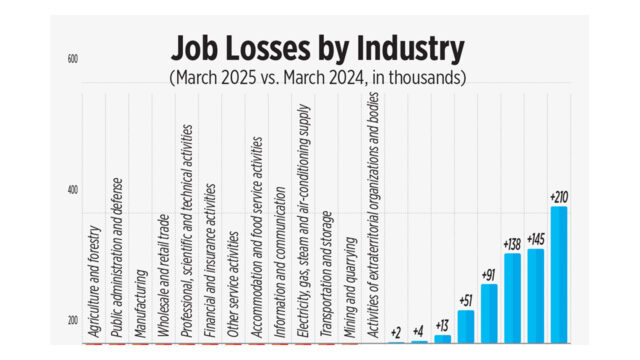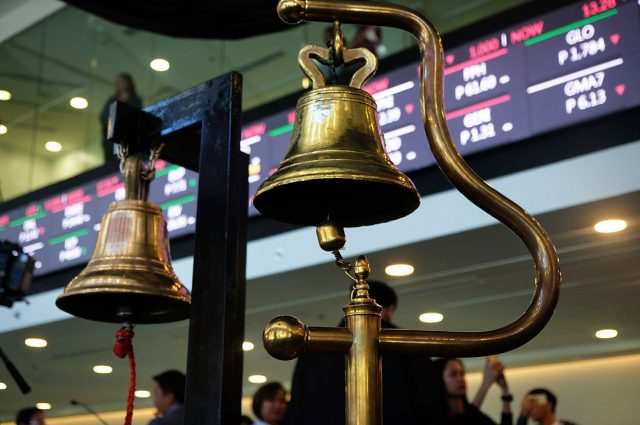IMI turns profitable in Q1 with $3.3-million income
AYALA-LED chip manufacturer Integrated Micro-Electronics, Inc. (IMI) turned profitable in the first quarter (Q1), posting a $3.3-million net income compared to a $3.7-million net loss last year, driven by cost rationalization efforts.
First-quarter revenue dropped by 14% to $248 million, with its core businesses accounting for $220 million, amid softness in the electronics industry, IMI said in a regulatory filing on Wednesday.
Earnings before interest, taxes, depreciation, and amortization (EBITDA) more than doubled to $16.1 million from $7 million, led by improved cost structures within the group.
“The cost rationalization program we implemented has been instrumental in this quarter’s positive financial results,” IMI Chief Executive Officer Louis Sylvester Hughes said.
“We successfully managed a 14% decrease in core fixed overhead and selling, general, and administrative (SG&A) expenses compared to the first quarter of last year through the consolidation of sites and decentralizing functions back into our operating facilities,” he added.
IMI said it spent $1.6 million in capital expenditure during the first quarter.
“A similar restructuring approach was taken in VIA, yielding an additional $6.3 million of cost reduction, mainly from SG&A. The euro’s appreciation against the dollar also contributed positively to the bottom line, with a group foreign exchange gain of $1.4 million,” IMI said.
Meanwhile, Mr. Hughes said IMI is seeing opportunities despite tariff-related uncertainties.
“Our broad geographic footprint enables us to work closely with customers and adapt supply chains to mitigate these pressures. We remain focused on securing new business and further improving profitability as market conditions stabilize,” Mr. Hughes said.
“With a more agile organization in place, we are better equipped to adapt to the dynamic market environment and further improve on the 6.5% EBITDA we achieved this quarter,” he added.
IMI shares rose by 8.57% or 18 centavos to P2.28 apiece on Wednesday. — Revin Mikhael D. Ochave
















